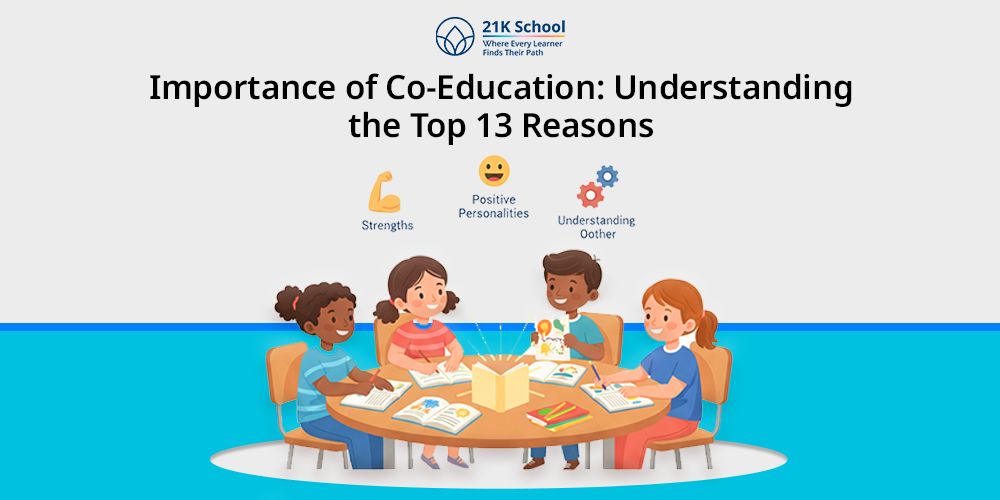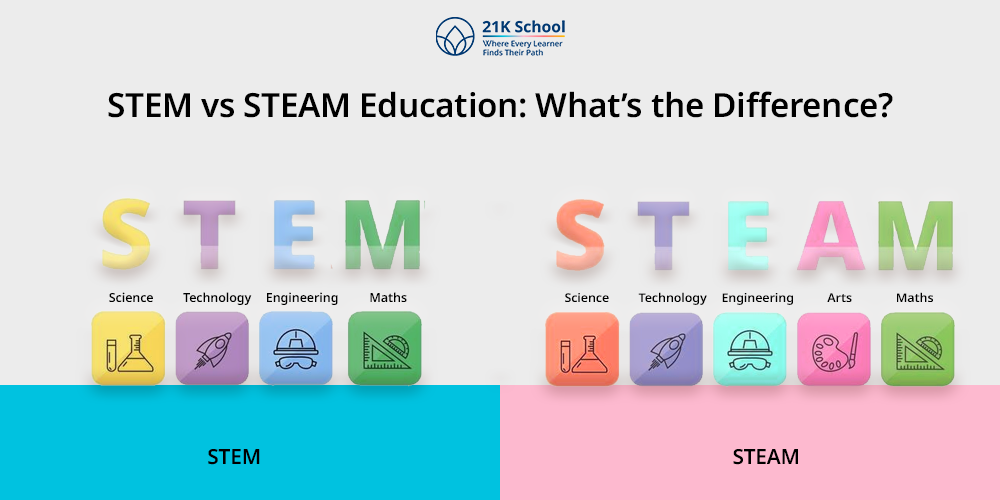
Ever wonder why co-education is better?
In today’s complex and interconnected world the question of educational systems affects the future generations. In co-education students of all genders study together, this is progress towards equality and holistic growth.
Here, co-education means education of both genders regardless of background, culture or socioeconomic status. Apart from co-education there is nothing different between girls and boys – it is all about having equal opportunities and knowledge transfer.
That way, kids can get the education they deserve without being discriminated against on the basis of gender, ethnicity or any other factor.
Contents
- What is Co-Education?
- Importance of Co-Education: Top 13 Reasons
- 1. Academic Performance Enhancement
- 2. Social and Emotional Development
- 3. Gender Equality and Respect
- 4. Real-World Preparation
- 5. Diversity
- 6. Confidence
- 7. Social Skills
- 8. Healthy Competition
- 9. Competitive Environment
- 10. Character Building
- 11. Cultural Awareness
- 12. No Discrimination
- 13. Controlled Environment
- Final Thought
What is Co-Education?
Coeducational students of both genders learn about each other’s strengths and build positive personalities. So boys and girls go to the same classes, do the same things – and it builds up that feeling of belonging very early on.
Co-education breaks down gender stereotypes and makes students see each other as people not roles. They build on that and it breaks down barriers that might exist in single-gender settings too.
That system is common in primary and secondary education as well as at universities and professional training programs around the world.
Importance of Co-Education: Top 13 Reasons
In co-education, female and male students are in the same institution or classroom.
All over the world students follow this system – academic as well as extracurricular/beyond. Those are the top reasons for coeducation.
1. Academic Performance Enhancement
In co-educational environments, students socialise and work better academically.
In this dynamic interplay we build critical thinking as well as effective learning methods like group projects and peer tutoring, which are so important in modern education .
2. Social and Emotional Development
Co-educational schooling is socially and emotionally safe based on real life experiences. Interactions with opposite-sex peers help children process emotions, conflicts , friendships, and hence adds to the overall social and emotional development.
3. Gender Equality and Respect
Co-education offers the same curriculum and opportunities to male and female students, an open system which values all points of view/contribution. In this way, fairness is ingrained early in school and in society as a whole.
Maharashtra is a leading example in ensuring this gender equality by eliminating the single-gender schools. So equity in education becomes a kind of social ethos in which biases are challenged head-on.
4. Real-World Preparation
In the real world people have to deal with people of all races, religions, cultures and genders in the workplace, community and even at home. Co-education mirrors that reality in that it promotes balanced collaboration , open communication and creative problem-solving between male and female students from the start.
That preparation is very important because it gives students the interpersonal tools to work in multinational companies or multicultural communities.
5. Diversity
Co-educational settings bring students from different cultural, socioeconomic and experiential backgrounds together to learn. This melting pot of perspectives teaches young minds about different traditions, values and worldviews and breaks down prejudices and stereotypes very early.
Unique ideas, approaches exchanged in this way promote intellectual and creative/innovative growth and development in an inclusive learning environment.
6. Confidence
In co-educational settings interactions with peers of both genders are normal. It builds students confidence and active school participation. So they practice in groups, sing on stage, debate – they practice in real life situations.
In a safe, positive learning environment , such experiences build confidence and resilience for public speaking, leadership or just everyday social interactions.
7. Social Skills
Social skills taught in co-education are communication, negotiation and teamwork. Students cooperate with others, learn group dynamics and dispute resolution in a real-world learning environment.
Practicing such abilities everyday makes students socially savvy and connected members of society.
8. Healthy Competition
Co-education creates healthy competition between male and female students, these rivalries are also good motivators. For co-educational purposes, this competition is constructive – students work harder, have better work ethics & personal bests.
If students of both genders are competing it increases motivation, drive and even collaboration because peers learn from each other’s failures.
9. Competitive Environment
A mixed-gender setting tends to make competition more fun and pushes all students to perform better. Boys as well as girls push each other harder in studies, extracurricular, sports and creative activities which fill the school.
10. Character Building
Character development is part of co-education. Interpretation and guided discussion teach respect for others, integrity, discipline and responsibility.
In co-educational institutions, they are modelled by teachers and in students reinforced in ethical behaviour and personal integrity.
11. Cultural Awareness
Coeducational environments expose students to other cultures, values & traditions of other cultures/backgrounds. And that exposure makes you culturally aware of the world.
And in a globalised era, such cultural awareness is needed for students to cross cultural lines, be at home in international workplaces and make communities more integrated.
12. No Discrimination
Gender discrimination is at the core of co-education – equal rights to education , participation and achievement for all. It overrides old gender biases that men and women are equally competent in studies , careers and leadership.
Explore problems of womens education .
And that applies to all other forms of discrimination too – an ethos that values diversity and fairness everywhere.
13. Controlled Environment
Co-educational institutions have rules of conduct and behaviour for male and female students – all under supervision. It is a structured framework that teaches boundaries, appropriate interactions and respect in a guided setting.
With emphasis on accountability/good conduct it teaches young people how to be gender – responsible and how to have healthy relationships.
Final Thought
Co-education has academic, social and emotional benefits for students . Promoting gender equality, diversity and mutual respect in co-educational systems builds self-confidence and interpersonal skills .
It dispels old gender stereotypes, encourages healthy competition and helps students face life’s difficulties head on – with openness and resilience. A time of rapid change also demands co-education as a way of creating empathetic, innovative and just future leaders.



